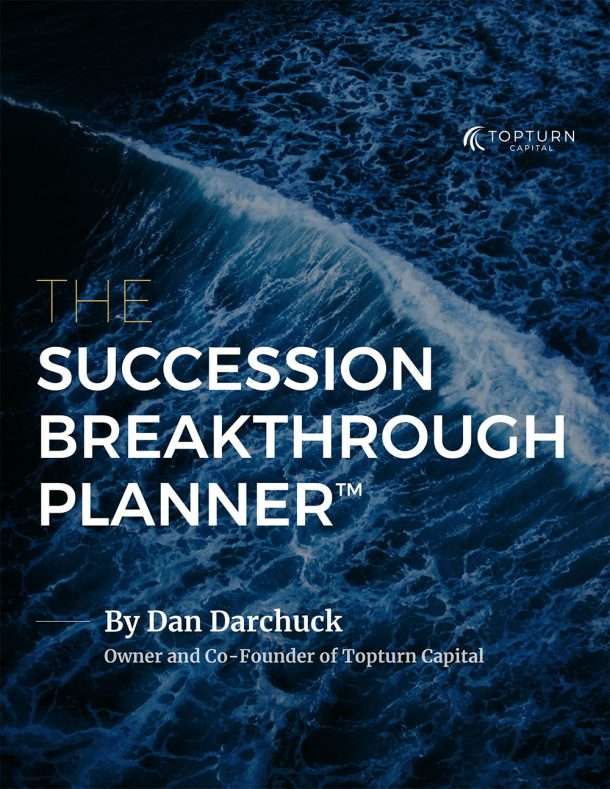
The year 2024 stood out as a period of robust performance for US markets, highlighted by a 25% total return S&P 500, right after a 26.3% gain in 2023. This success came despite weak global growth and underscored the unique dynamics propelling the US economy and markets.
While global GDP growth faltered, the US economy expanded, buoyed by resilient corporate earnings and consumer demand. Technology played a pivotal role, with giants like NVIDIA, Meta, and Google driving growth as leaders in transformative innovations, particularly in artificial intelligence. This contrasts with international markets, where the absence of comparable tech leaders contributed to a growing performance gap.
The tech titans leading the economic growth, known as the “Magnificent Seven,” were also instrumental in driving the S&P 500’s gains. Their dominance exposed challenges to the concept of portfolio diversification, as investors without exposure to these stocks struggled to match market performance.
Traditional portfolio diversification tactics would encourage a reduction in exposure to US markets with increased exposure to international markets. That strategy has not worked over the last few decades, with international investors heavily participating in U.S. equities to sustain their portfolios.
Technology has even changed the way that people invest. Decades ago, if you were in France, you might struggle to invest in a U.S. company like NVIDIA. Today, ETFs holding US companies are available throughout the world, making it easier for everyone to benefit from the positive growth in U.S. markets.
Volatility and Staying the Course
The year was not without turbulence, despite ending the year on a very positive note. There were four significant pullbacks. Interestingly, there were only 35 more positive days than negative days in 2024 and remarkably, just 16 of those days accounted for the entire annual gain. If an investor had decided to take their money out after one of those four significant pullbacks, and missed even a few of those 16 days, their portfolio would have underperformed the S&P500 for the entire year.
We know, through the work of Daniel Kahneman and other bright stars in the study of behavioral economics, all people struggle with the emotional impacts of both gains and losses. As humans, we feel the impact of a negative event twice as strongly as the impact of a positive event. This means that if we lost $5 one day and gained $5 the next day, we would feel as though we’d lost $10 and gained back only $5.
At Topturn, we know this firsthand. On days when the market goes a bit soft, we are there to receive calls and messages from the people we support. Sometimes it’s “I’m getting nervous!” and other times, just a simple “ouch.” On great days, marked by strong rallies? Not a single call or message. Few people need reassurance when things are going well.
At an event memorializing Daniel Kahneman by a group of his peers, one quoted him as saying, “Yes, there were some species who don’t have loss aversion. They are extinct.” It is an important survival strategy – but not necessarily a great investment strategy.
As investors, we need to find a way to deal with this biological tendency, but how? Research tells us that knowledge, planning and goal setting are some of the most powerful antidotes for loss aversion. Overriding this important part of the human psyche is difficult, but necessary. For many of the people, working closely with professional managers is a significantly valuable strategy.
On the other side of the coin, rising markets such as the ones we have experienced in 2023 and 2024 can create a sense of financial security. This rising sense of security is often referred to as the “wealth effect”, which can tempt investors to overspend.
In great years such as these, we can start to feel pretty confident about buying real estate, vehicles, vacations, and other big-ticket items. We made a lot of money – why wouldn’t we spend it? However, we know that pullbacks happen and the old adage of “make hay when the sun shines” is about harvesting – but not burning – your crops.
Many people need to earn somewhere between 5% and 7%, on average, every year throughout their lives to support their lifestyles. When we know this, and we have a 20% or more gain, we might feel pretty good about spending that 13% to 15% extra. Why wouldn’t we?
The reason why we wouldn’t is that there are years where market losses occur. Despite wishing it were so, it’s unlikely that any of us are going to have consistent 5% to 7% returns each and every year. There will be a few years where we get wonderful double digit returns. There will be years – like 2022 – when the S&P 500 loses 18%. We need to make use of those big growth years to help support us through those down years. Most people know this logically, but it’s incredibly difficult to override our natural biases.
The same things that help us through navigate loss aversion – knowledge, planning, and goal setting – are the things that will help us navigate the wealth effect, maintaining a long-term approach despite short-term information.
Looking Ahead to 2025
As 2025 begins, the outlook remains cautiously optimistic. The US labor market is resilient, profit margins are improving, and corporate earnings are projected to grow. We are an environment that we would call a mid-cycle bull market. All of these factors are positioning us for reasonable returns throughout 2025. This is not to say there won’t be a pull back here and there. Volatility, something that we went a long time without, is back and likely to stay.
Of course, no one can correctly forecast the future. There is always a chance of a “shock” event that could throw things off course. Since 1928, the S&P500 registered losses 26 out 97 years. This is good news in that it tells us that the market has been in a positive position 73% of the time.
Of the 26 down years, four of those were associated with recessions, which are related to the health of corporations and the economy. Both of these are currently in great shape.
The other 12 were not due to a recession, but were impacted by geopolitical events, and massive changes to the Federal Bank’s position regarding interest rates. Three years were related to world wars, and one in a year where peace was being re-established, which of course means there was still clean up to be completed. The 1962 “Kennedy slide” was due to investor sentiment cooling off after a really long, strong run on stocks in a time period known as the Nifty Fifties. The 2000 dotcom bubble burst was another, rising inflation and interest rates accounted for four.
Given what we know about business, investor sentiment, the economy, and what history has told us, most of the triggers for a down year are just not in the picture. Barring a shock event, 2025 has great promise for growth.
The past 5 years of constant change have emphasized the value of resilience, innovation, and disciplined investing. At Topturn, we continue to watch the winds, the waves, and seek out opportunities in unexpected places.

